The most dramatic travel experiences often involve stark environmental contrasts, and perhaps none is more striking than moving from steamy tropical jungles to frozen glacial landscapes within remarkably short distances. These rare geographical juxtapositions create unique ecological transitions where travelers can experience dramatically different worlds within a single day’s journey—sometimes even a single hike.
Here is a list of 15 extraordinary destinations where visitors can experience both lush rainforests and ancient ice formations without changing countries.
New Zealand’s West Coast
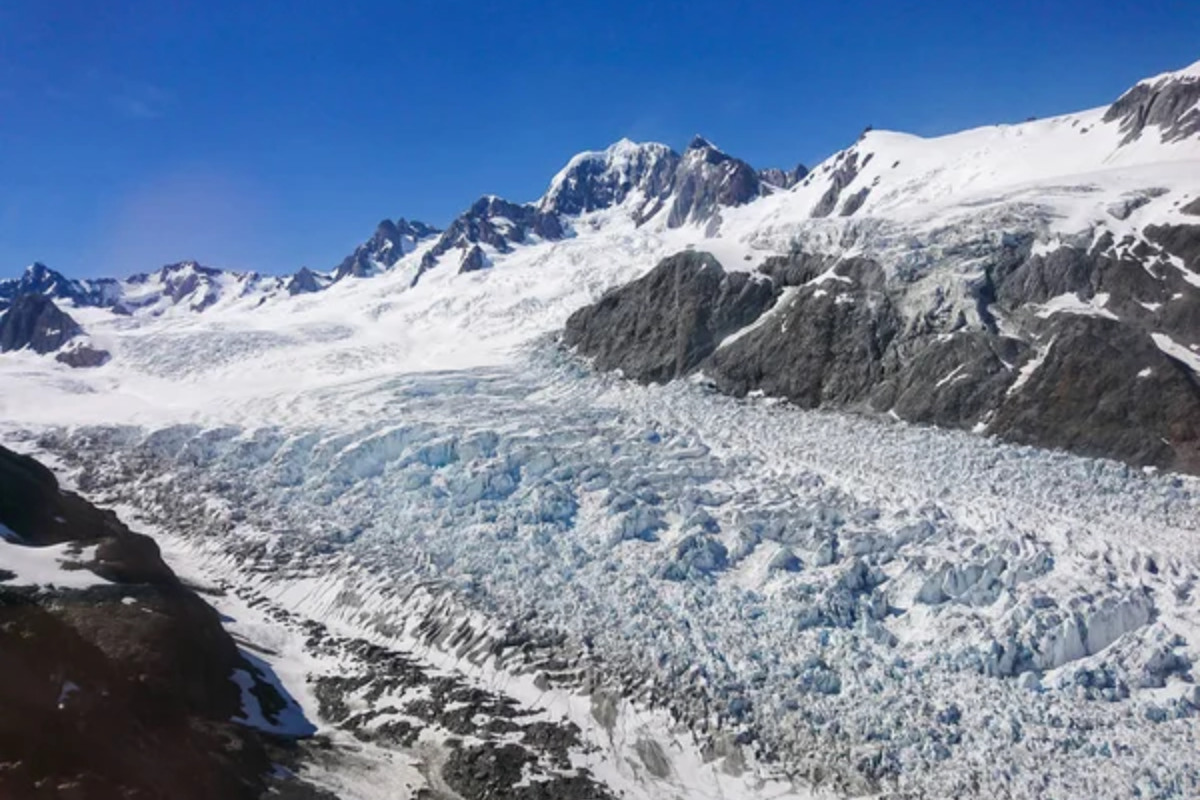
The narrow strip between New Zealand’s Southern Alps and the Tasman Sea creates one of the world’s most accessible jungle-to-glacier transitions. Temperate rainforests filled with prehistoric-looking ferns and towering rimu trees grow within walking distance of Fox and Franz Josef Glaciers.
The dense vegetation transitions through alpine meadows before reaching the ice in less than ten miles. Guided hikes take advantage of this proximity with morning rainforest walks followed by afternoon glacier explorations—complete with crampons and ice axes.
Mount Kilimanjaro
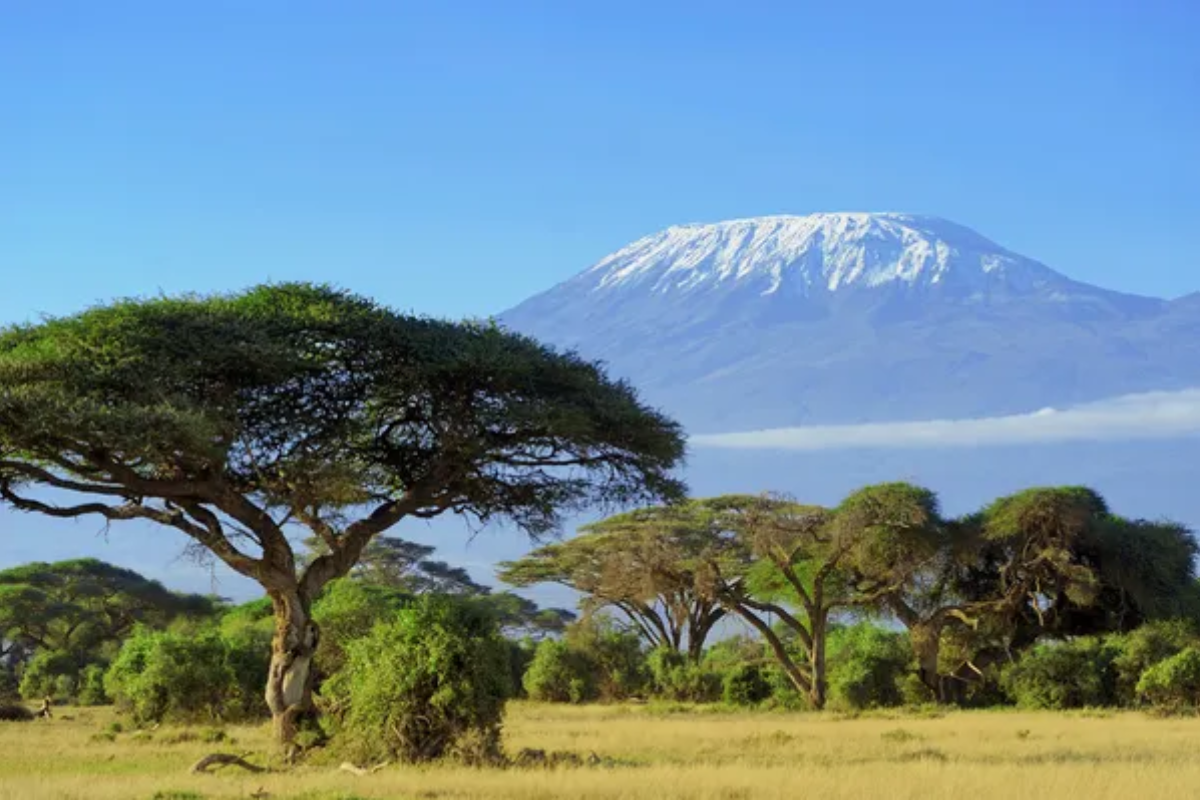
Tanzania’s iconic peak rises from the savanna through the rainforest before reaching its glaciated summit. The standard climbing routes begin in dense jungles, where colobus monkeys swing through the canopy and exotic birds flit between flowering trees.
Each day of the ascent passes through distinct ecological zones until climbers reach the barren arctic conditions surrounding the summit glaciers. Though shrinking due to climate change, Kilimanjaro’s ice fields still create the surreal experience of standing on a glacier while gazing down at the jungle canopy thousands of feet below.
Like Travel Pug’s content? Follow us on MSN.
Cordillera Blanca, Peru
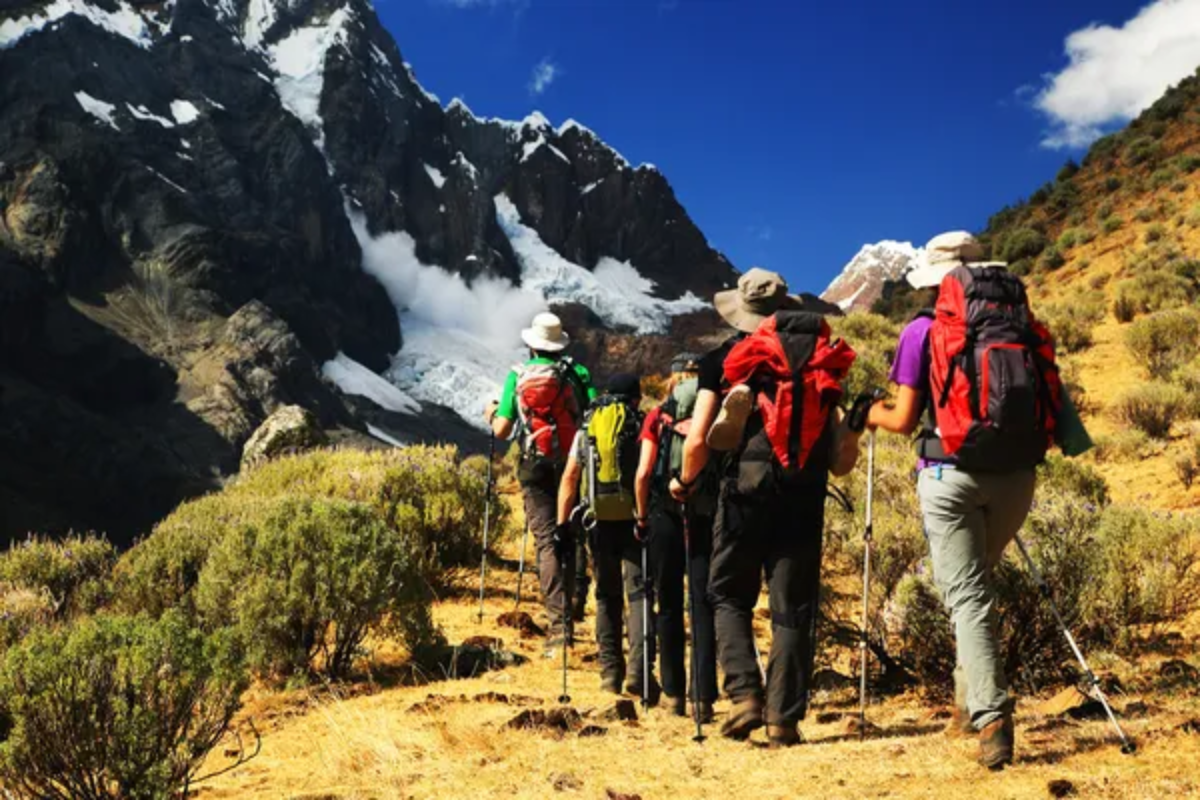
The mountain range containing Peru’s highest peaks lies just east of steamy Amazonian lowlands. Visitors can begin their day in orchid-filled cloud forests where spectacled bears forage before ascending to the glaciated peaks that feed the Amazon River itself.
The transition happens with remarkable speed—sometimes requiring just a half-day drive from the humid jungle to the terminal moraines of massive glaciers. Local guides specialize in multiday treks that connect these disparate ecosystems through ancient Inca pathways still used by indigenous communities.
Corcovado to Cerro Chirripó, Costa Rica

Costa Rica’s remarkable biodiversity allows travelers to hike from Corcovado National Park’s lowland rainforest to the alpine tundra and glacial lakes of Chirripó National Park in a matter of days. The journey passes through at least five distinct ecological zones where the plant and animal communities change dramatically with elevation.
Though the summit no longer maintains true glaciers, the landscape remains shaped by previously extensive ice sheets, with U-shaped valleys and glacial tarns. The relatively short distances between these environments make Costa Rica ideal for experiencing this dramatic transition with minimal travel time.
Yakushima Island, Japan
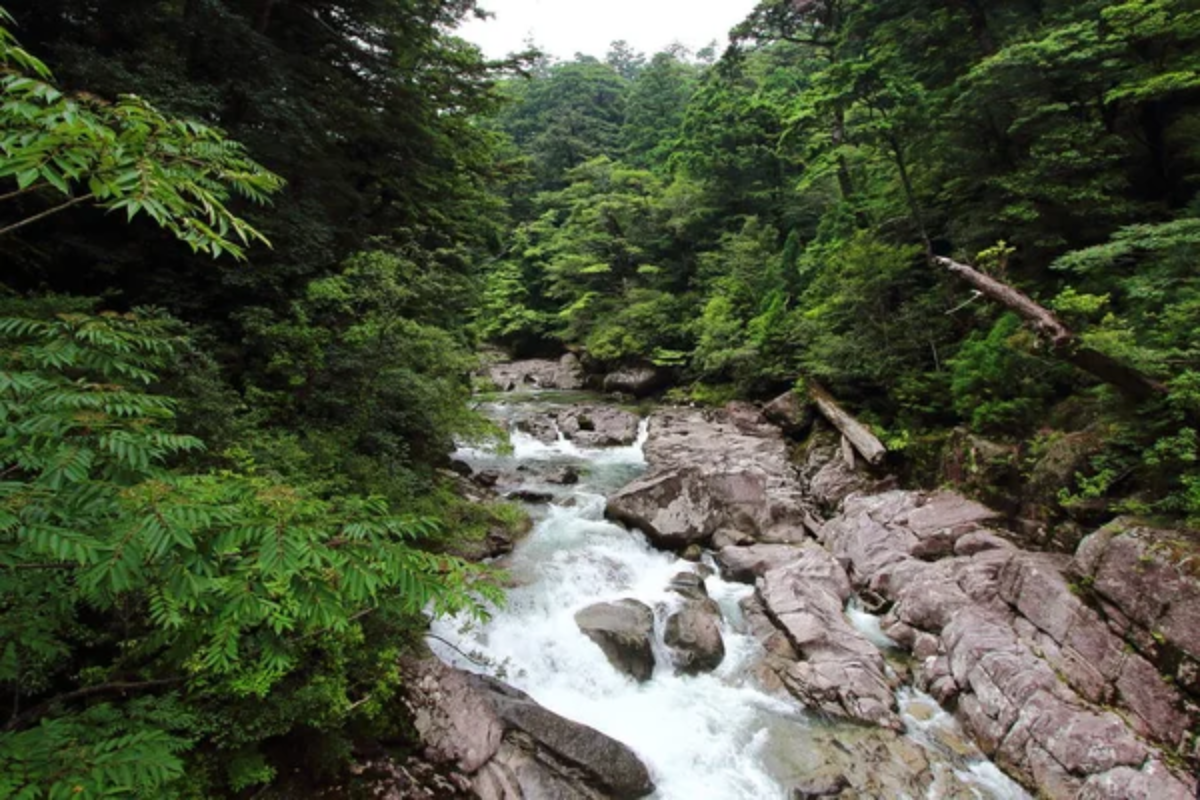
This UNESCO World Heritage site rises from coral reefs through ancient cedar forests to alpine zones where winter snows create seasonal glacial features. The island’s mountainous interior receives over 35 feet of annual rainfall, creating temperate rainforests filled with moss-covered trees that inspired Studio Ghibli’s ‘Princess Mononoke’ landscapes.
Hiking trails connect the humid coastal regions to the island’s peaks, where winter ice lingers well into spring. The dramatic elevation gain—nearly 7,000 feet in less than six miles—creates one of the world’s most compressed ecological transitions.
Like Travel Pug’s content? Follow us on MSN.
Northern Patagonia, Chile
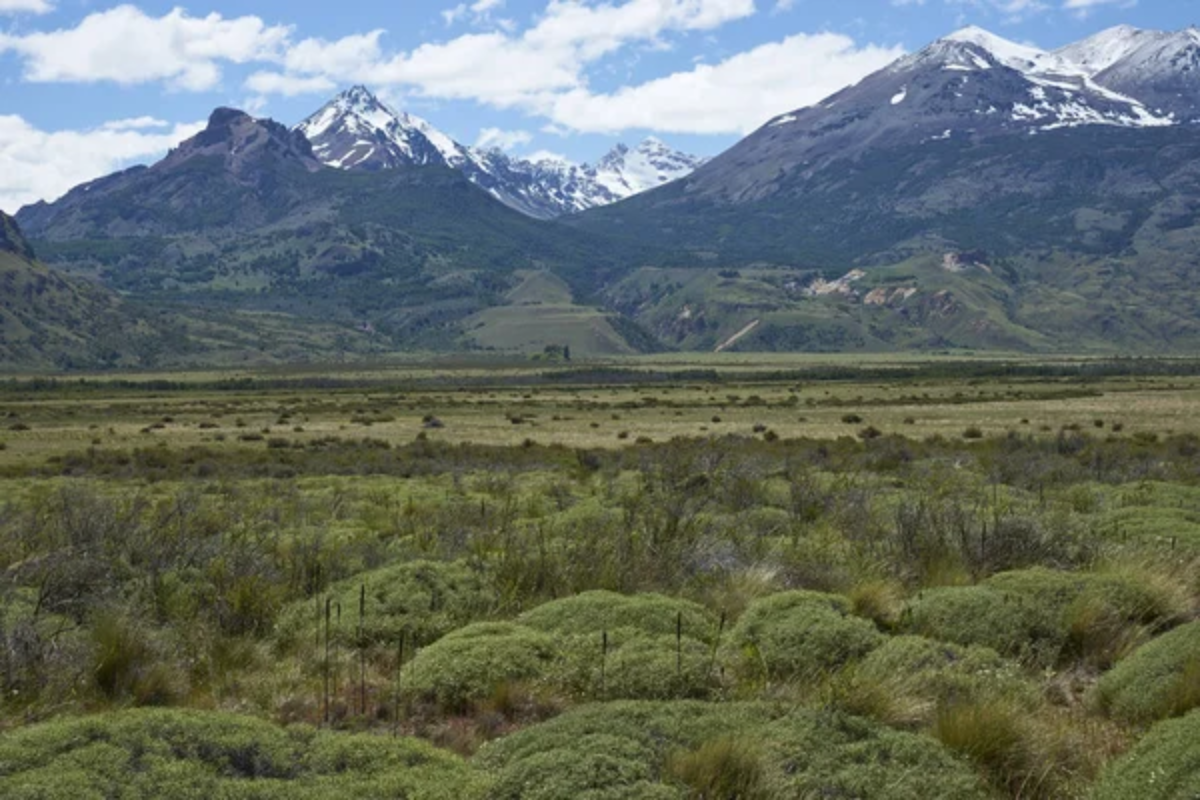
The Chilean Lake District contains temperate rainforests that grow improbably close to some of South America’s most active glaciated volcanoes. Visitors can kayak through jungle-lined fjords in the morning and crunch across glaciers by afternoon.
The region’s Valdivian forests harbor ancient alerce trees—some older than 4,000 years—growing within sight of the Southern Patagonian Ice Field. Adventure companies in Puerto Varas specialize in day trips that showcase this dramatic contrast, often incorporating volcano climbs that pass through the rainforest before reaching the snowline.
Mount Kenya
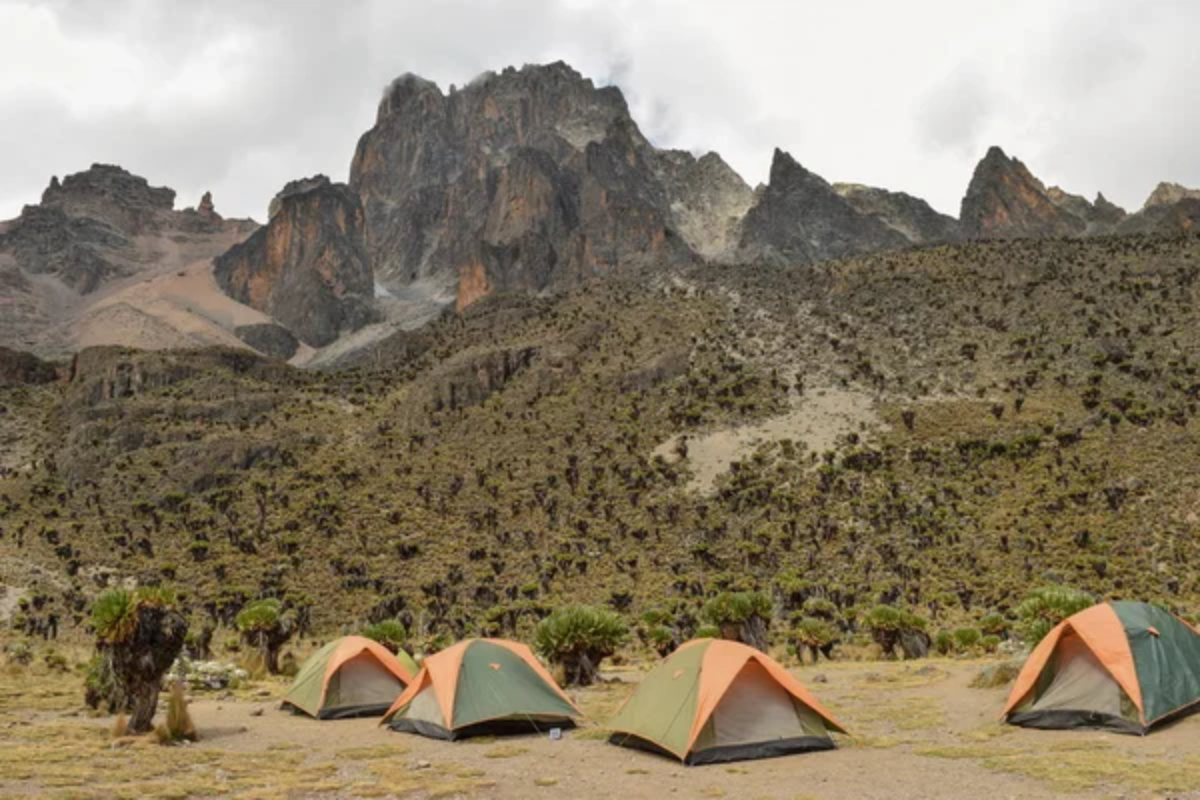
Africa’s second-highest peak rises from tropical lowlands through bamboo forests to its permanently glaciated summit. The mountain creates its own weather system, capturing moisture from the Indian Ocean and transforming from a steamy jungle to arctic conditions across remarkably short distances.
The Chogoria Route passes from a dense forest filled with buffalo and elephants through moorlands before reaching the Lewis Glacier near the summit. Though receding rapidly, Mount Kenya’s glaciers still offer the surreal experience of tropical ice fields where the equatorial sun creates dazzling crystalline surfaces.
Juneau, Alaska

The Alaskan capital offers perhaps the most accessible jungle-to-glacier transition in North America. The Tongass National Forest—the largest temperate rainforest in the world—grows right to the edges of Mendenhall and other active glaciers flowing from the Juneau Icefield. Visitors can hike through moss-draped forests where bears forage for salmon before reaching dramatic ice caves formed by glacial meltwater.
The city’s network of trails allows even casual day hikers to experience this remarkable juxtaposition without technical climbing skills or extensive wilderness experience.
Like Travel Pug’s content? Follow us on MSN.
Taiwan’s Central Mountain Range
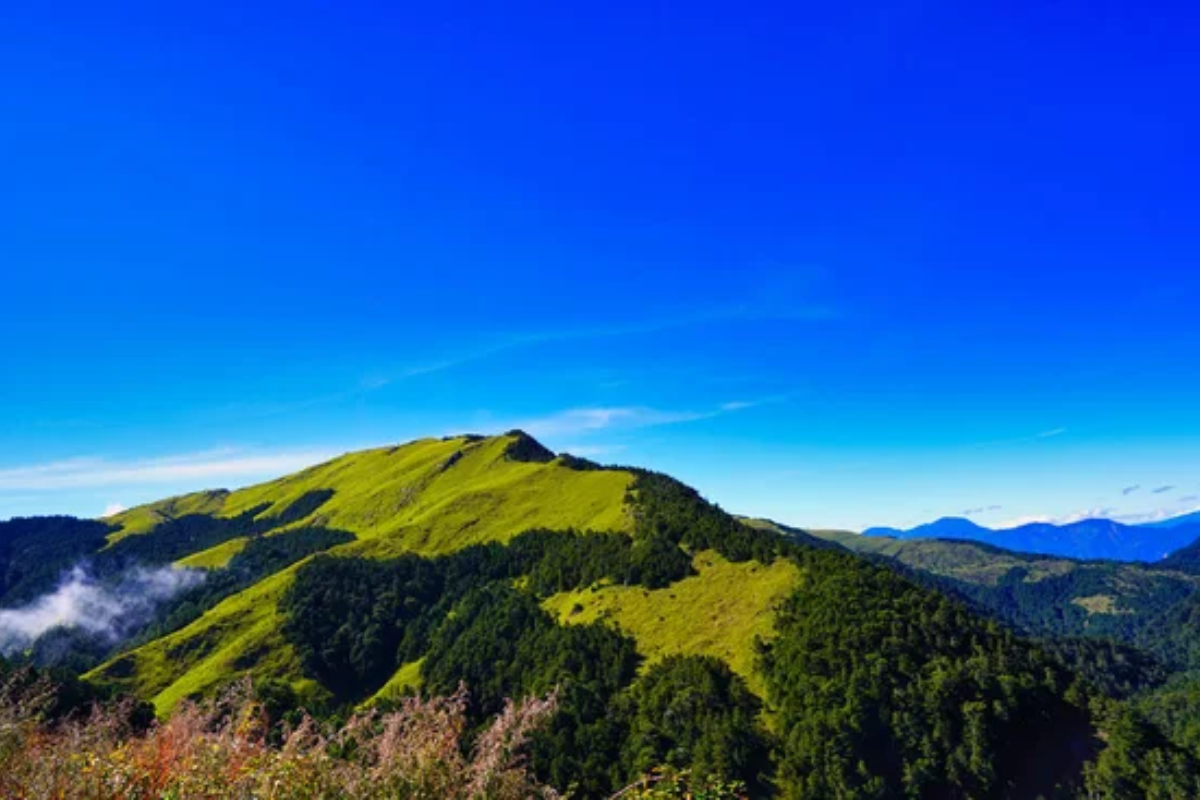
This island’s dramatic topography creates extraordinary ecological compression between tropical coastal plains and high alpine environments. Taroko Gorge National Park features marble canyons draped in tropical vegetation that transition to alpine meadows and seasonal ice fields within a day’s hike.
Taiwan’s highest peaks receive enough winter snowfall to create small but persistent glacial features despite their subtropical latitude. The island’s compact size means travelers can easily experience both lowland jungles and high mountain environments during even short visits.
Reunion Island
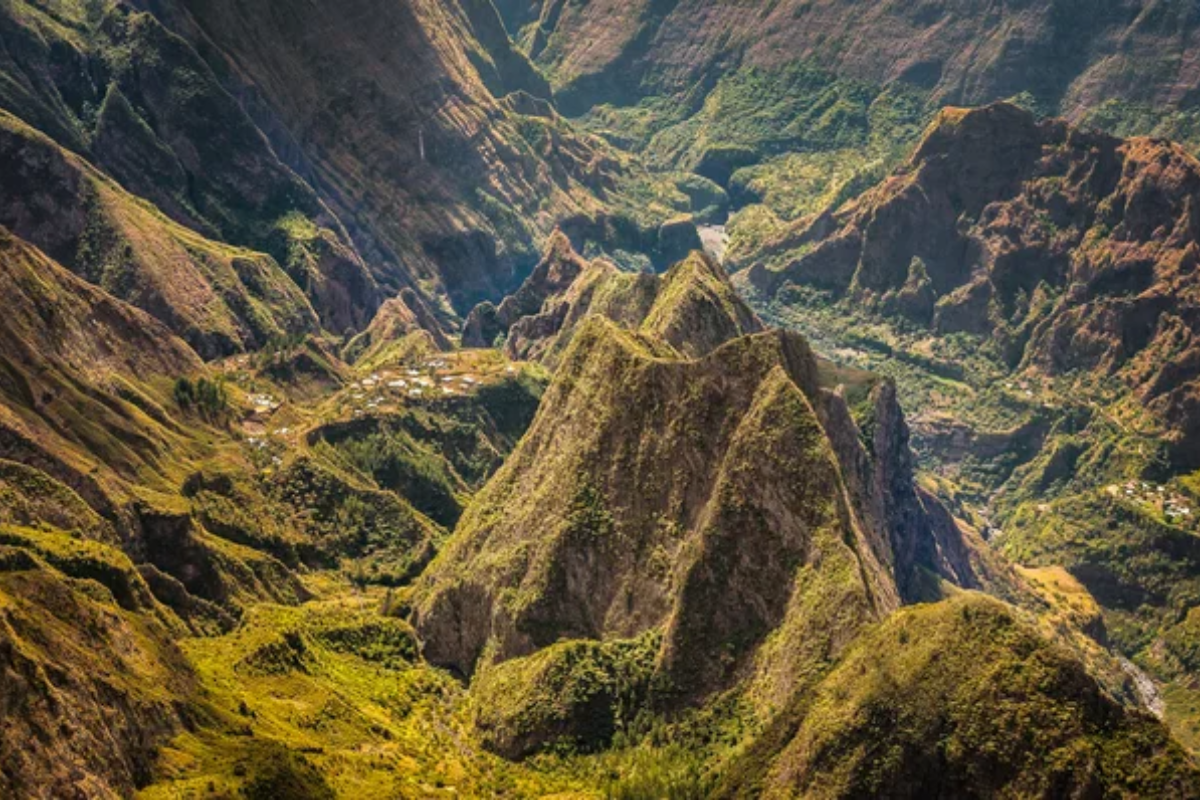
This French territory in the Indian Ocean rises from tropical beaches through cloud forests to an actively erupting volcano with seasonal ice formations. The island’s central caldera—a UNESCO World Heritage Site—contains one of the most pristine tropical highland forests in the world alongside the barren volcanic landscapes of Piton de la Fournaise.
During winter months, frost and occasional snow create glacial conditions at higher elevations, while lower slopes remain draped in tropical vegetation. The island’s developed infrastructure makes these contrasts accessible via well-maintained hiking trails connecting different ecological zones.
Sierra Nevada de Santa Marta, Colombia
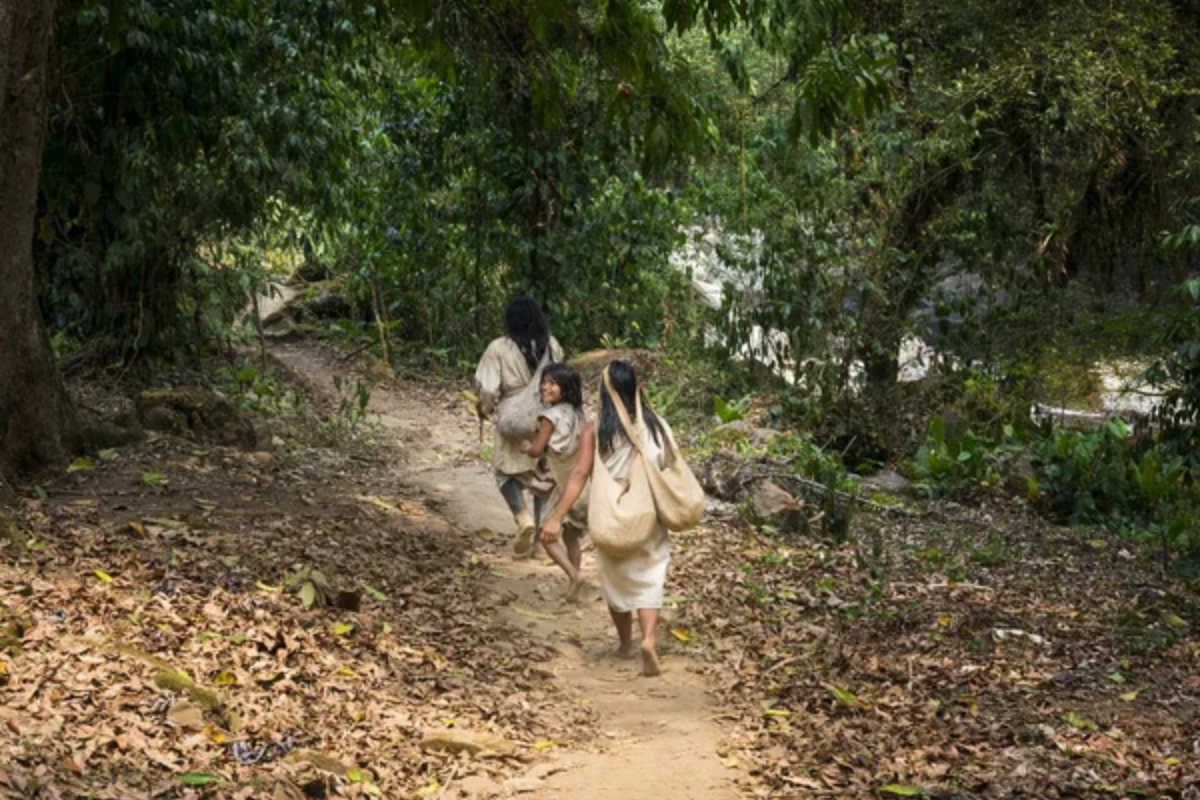
This isolated coastal mountain range rises from Caribbean beaches to permanently snow-covered peaks within just 26 miles—one of the steepest elevation changes in the world. The lower slopes harbor tropical forests where endemic poison dart frogs live alongside pre-Columbian ruins, while the upper reaches contain páramo ecosystems and dwindling glaciers.
The mountain’s isolation has created extremely high endemism rates, with species found nowhere else transitioning between tropical and alpine environments. Indigenous Kogi guides offer treks that connect these worlds while sharing traditional ecological knowledge passed through generations.
Like Travel Pug’s content? Follow us on MSN.
Caucasus Mountains, Georgia
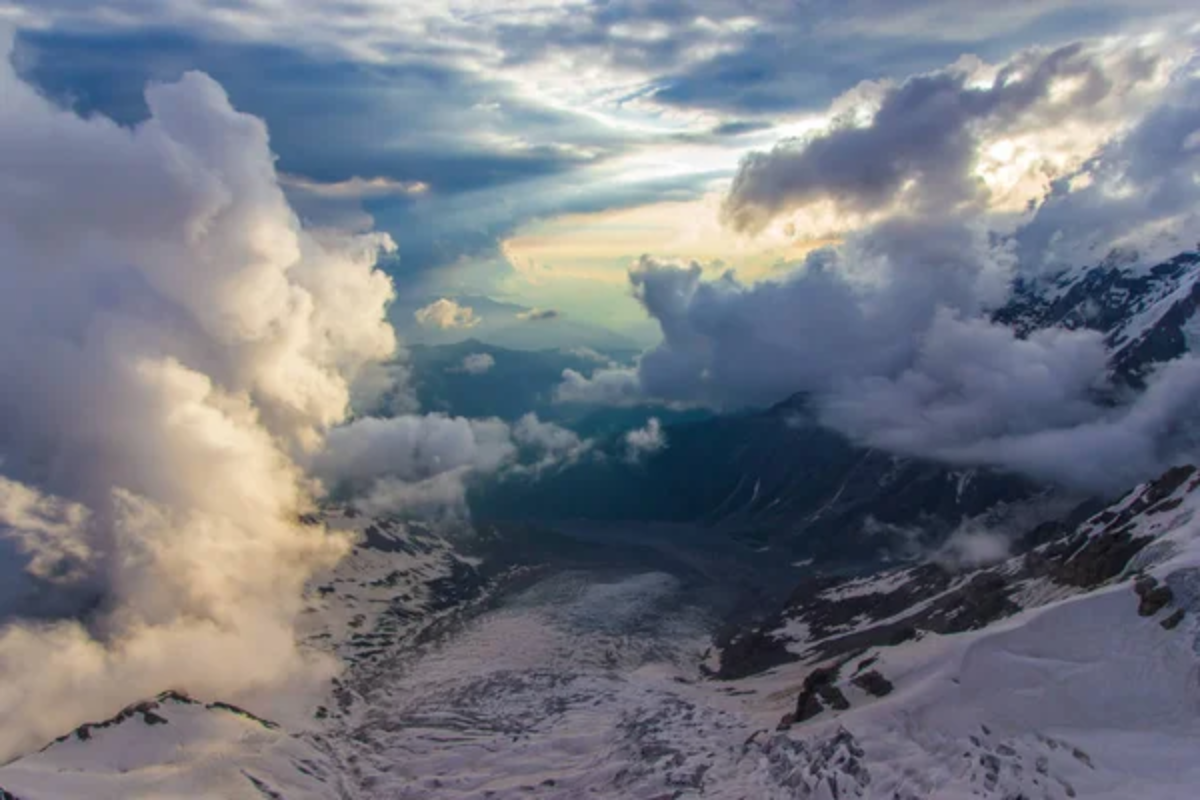
The western ranges of Georgia combine the subtropical Black Sea influences with high alpine glaciers in remarkable proximity. Visitors can start their day in citrus groves and tea plantations before ascending to the snowfields of Mount Kazbek by afternoon.
The region’s unique geography creates pockets of humid subtropical climate that extend unusually far inland and upslope, pushing the boundaries of where palm trees can grow near glacier-fed rivers. Traditional guesthouses in mountain villages serve as ideal bases for exploring these diverse ecosystems while experiencing Georgia’s legendary hospitality.
Papua New Guinea’s Highlands
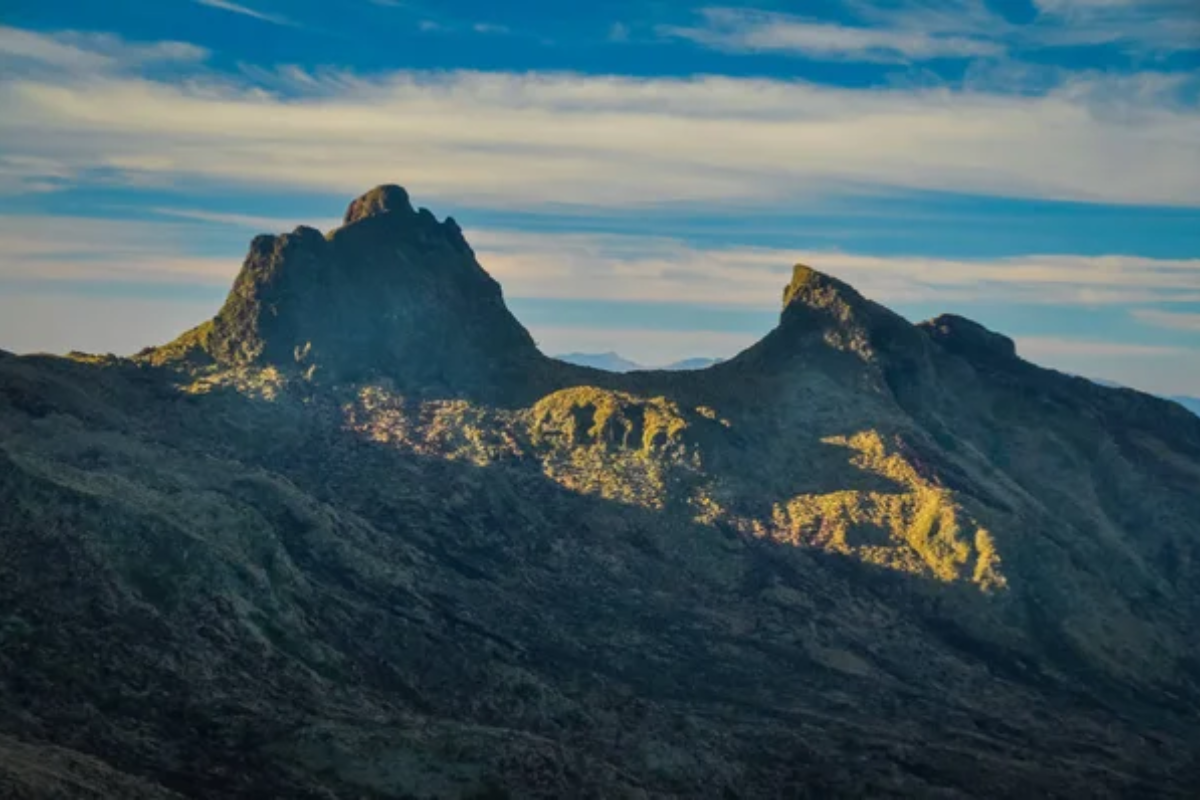
The island’s central mountains rise from coastal mangrove forests through cloud-shrouded highlands where permanent ice patches persist despite the equatorial location. Mount Wilhelm—PNG’s highest peak—features tropical forests filled with birds of paradise that transition to alpine grasslands and glacial lakes formed during past ice ages.
Though true glaciers have disappeared in recent centuries, the landscape remains shaped by their previous extent, creating a unique tropical-alpine environment. Local guides lead multiday expeditions connecting remote jungle villages with high mountain camps.
Olympic Peninsula, Washington

The northwestern corner of the contiguous United States contains temperate rainforests receiving over 12 feet of annual rainfall that lie within hiking distance of active glaciers. Olympic National Park preserves this transition from the moss-draped Hoh Rainforest through alpine meadows to the Blue Glacier on Mount Olympus.
The compressed ecological zones create habitat for endemic species specially adapted to this unique environment. Multiday backpacking trips allow visitors to sleep in rainforest and glacier basins during a single journey while experiencing the dramatic climate and vegetation shifts between them.
Like Travel Pug’s content? Follow us on MSN.
Bhutan’s Sacred Valleys
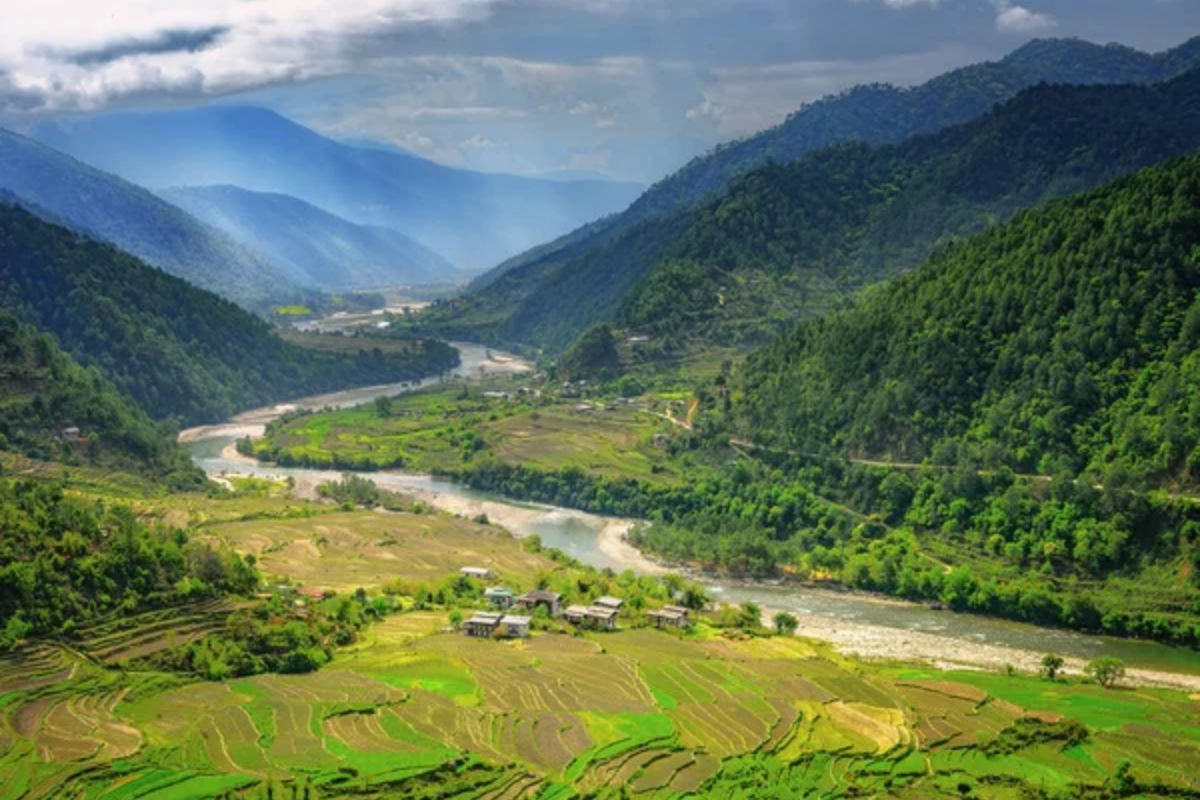
The Himalayan kingdom features subtropical lowlands that rise to some of the world’s most pristine high-altitude glaciers. Punakha Valley’s rice terraces and banana trees grow less than 50 miles from the massive glaciers feeding Bhutan’s sacred lakes.
The country’s strictly controlled tourism policies have preserved both environments in near-pristine conditions. Religious pilgrimages follow ancient routes connecting lowland monasteries with sacred high mountain sites, allowing visitors to experience the complete ecological gradient under expert guidance.
Where Opposites Meet

These remarkable destinations reveal Earth’s extraordinary ecological diversity compressed into accessible journeys. The opportunity to experience such dramatically different environments in close proximity offers travelers both adventure and a deeper understanding of how altitude creates vertical worlds within single landscapes.
As climate change threatens many of these glacial environments, witnessing these transitions becomes both a privilege and a reminder of our planet’s remarkable but fragile diversity.
More from Travel Pug

- 20 Destinations That Were Once Thriving but Are Now Quietly Disappearing
- 13 Destinations Where Tourists Regularly Regret Their Trip
- 20 Once-Popular Beach Towns That Are Now Ghostly Empty
- 10 Under-the-Radar Mountain Towns That Are Both Affordable and Beautiful
- Take a ‘Learning Vacation’ in These 20 Extraordinary Places
Like Travel Pug’s content? Follow us on MSN.
